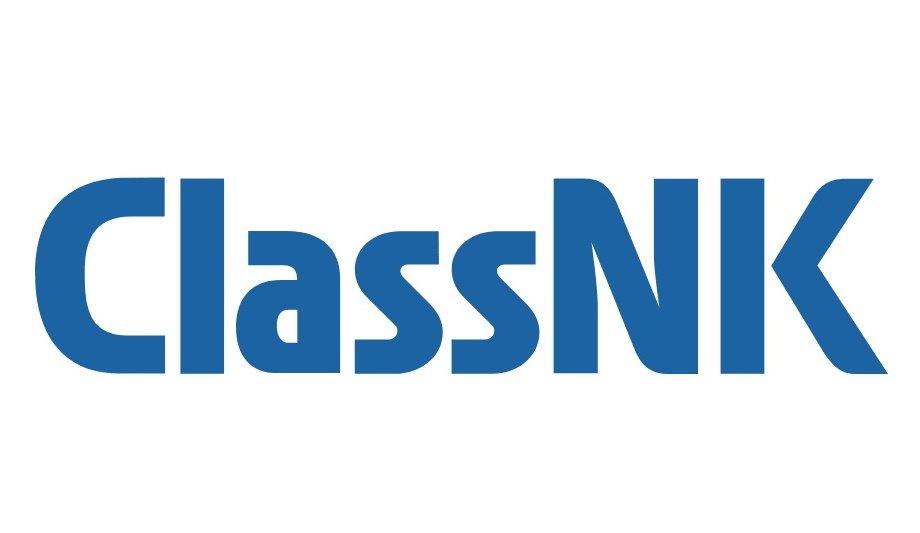Tokyo-based ClassNK has approved the Condition Based Maintenance (CBM) scheme for the main diesel engine on coal carrier - Noshiro Maru owned by Nippon Yusen Kabushiki Kaisha (NYK Line).
From safe operation and operational cost reduction perspectives, Condition Based Maintenance (CBM) has been attracting more attention.
ClassNK publishes CBM Guidelines
ClassNK has developed rules for the adoption of CBM in class maintenance surveys
ClassNK has developed rules for the adoption of CBM in class maintenance surveys, and also published its CBM Guidelines, which clarify required documents and the approval procedure for substituting CBM in place of periodical overhaul inspection for class maintenance surveys.
When the guidelines were updated in 2021, the outcome of joint research conducted with NYK Line, MTI Co., Ltd., and Japan Engine Corporation (J-ENG), ‘Guidelines for Selecting the Concerned Machinery and Equipment and Methods for Condition Based Maintenance’ was incorporated.
Diesel Engine Main Bearing Condition Monitoring System
In the above joint research, along with the study on the appropriateness of the method to install sensors in the main engine bearings, the Diesel Engine Main Bearing Condition Monitoring System has been developed. This system enables to obtain detailed bearing temperature data and ship operation data, and share the data with classification societies and engine manufacturers in real time base.
This system was installed in Noshiro Maru and CBM was adopted to monitor the condition of the main bearings, by measuring the lubricating oil temperature at the lubricating oil outlet of the main bearings. After examining this CBM scheme for this ship, in line with the relevant rules and confirming compliance with the prescribed requirements, ClassNK has approved the CBM scheme.
Condition Based Maintenance (CBM) scheme
ClassNK will continuously explore further safety through R&D (research & development) with partners spearheaded by front runners of new technologies, such as CBM, and at the same time, contribute to the spread of new technology and the realisation of ship safety by setting regulations, based on the knowledge obtained.
